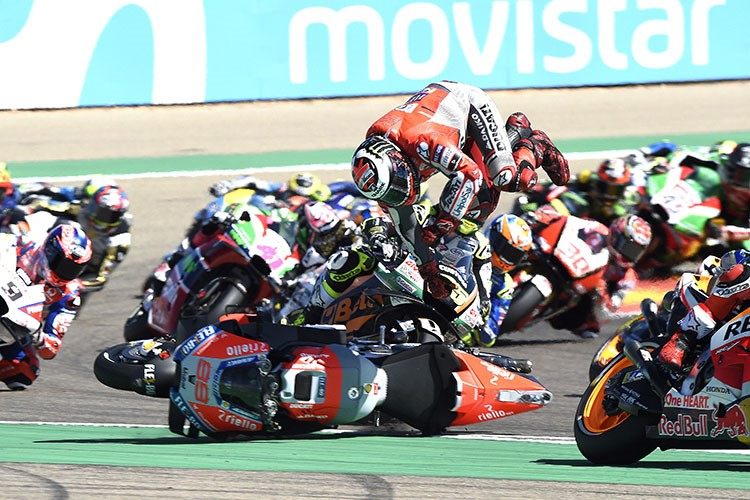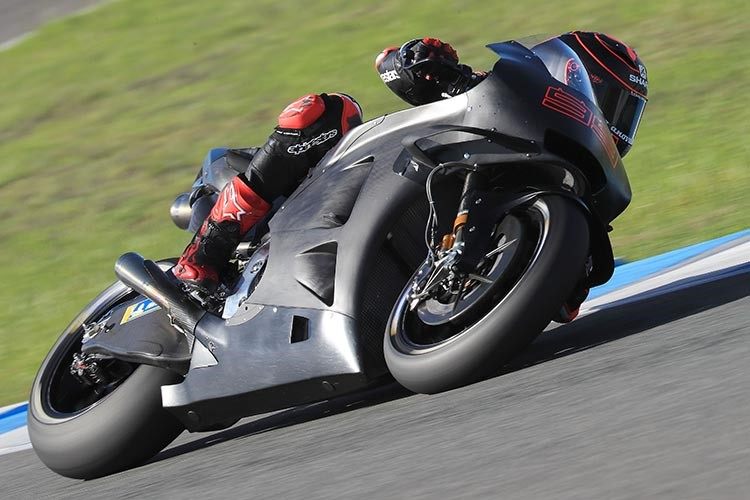The MotoGP prototype has little in common with a production machine. We are here in high technology, in optimizing the performance of a mechanical assembly that must be overhauled during a trying season. Around 2 parts make up these cars and 000 of these elements must be replaced during a campaign. Here is the maintenance log to follow…
Liquids and other consumables must be taken into account in this inventory which could have been longer and more expensive without a regulation limiting the number of engines available to a manufacturer. We will start with the reference of 500 km, the estimated distance for a meeting. Theoretically, this distance is divided in two on the two motorcycles made available to the rider. Which, however, sometimes favors one of the two.
Every 350 km the oil and coolant are renewed. Every 500 km, the same goes for the chain which therefore only lasts approximately one Grand Prix while the crown and pinion can theoretically last twice as long. But they are “spread out” over several races because the final report is modified according to the routes faced. A theoretical lifespan which is shared for the clutch discs, even if they are replaced after each initial test.
Every 1 km, new discs and pads must be installed. Which represents a very significant expense for a team's budget. The wheels have a life expectancy of 000 km. Taking into account regulatory constraints, an engine lasts approximately 1 km. Notwithstanding technical problems or other devastating falls. The same exceptions should be considered for the handlebars and saddle which are replaced every 200 km.
4.500 km, or approximately half a season, is the maximum distance for the frames and swingarm. But in the case of official motorcycles this duration is theoretical, because development during the year generally leads to faster evolution.





